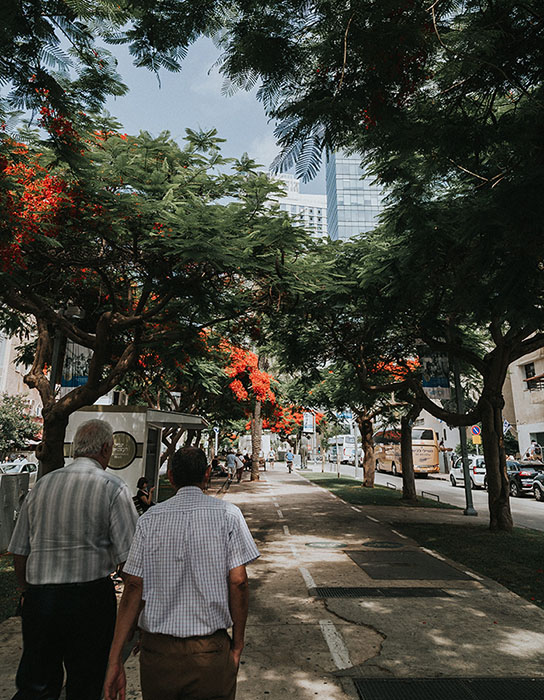#MoveTheDate
0.9
Days
Using trees to cool cities and reduce the need for air conditioning would move Earth Overshoot Day by 0.9 days.
What is the solution?
Planting and maintaining trees in urban areas.
This solution improves our resource security in the cities category.
How does it #MoveTheDate?
Trees planted along streets cool surrounding urban areas by providing shade and evaporative cooling. This, in turn, reduces the demand for energy used in air conditioning.
How is it scalable?
A recent study indicates that urban trees are on the decline, with an annual loss of 4 million trees. Although urban tree canopy targets vary widely from city to city, this decline indicates that there is ample opportunity to reverse the trend.
What is the solution?
Planting and maintaining trees in urban areas.
This solution improves our resource security in the cities category.
How does it #MoveTheDate?
Trees planted along streets cool surrounding urban areas by providing shade and evaporative cooling. This, in turn, reduces the demand for energy used in air conditioning.
How is it scalable?
A recent study indicates that urban trees are on the decline, with an annual loss of 4 million trees. Although urban tree canopy targets vary widely from city to city, this decline indicates that there is ample opportunity to reverse the trend.
Studies show that urban trees are more effective as a climate change adaptation solution than as a mitigation solution. Urban trees can sequester only a fraction of the carbon that cities emit. Therefore, it is most effective to view urban trees as a tool to create cooler, more comfortable microclimates in areas where city residents gather, such as in school yards, at parks, and along pathways. Urban trees contribute not only to the health of the environment and local residents; they also make economic sense.
A study of five city tree planting programs shows that the benefits of urban trees are nearly always higher than the costs. The study found that, “although these cities spent $13– 65 annually per tree, benefits ranged from $31 to $89 per tree. For every dollar invested in management, benefits returned annually ranged from $1.37 to $3.09.”
There’s no benefit in waiting!
Acting now puts you at a strategic advantage in a world increasingly defined by ecological overshoot. Countless solutions exist that #MoveTheDate. They’re creative, economically viable, and ready to deploy at scale. With them, we can make ourselves more resilient and #MoveTheDate of Earth Overshoot Day. If we move the date 6 days each year, humanity can be out of overshoot before 2050.

